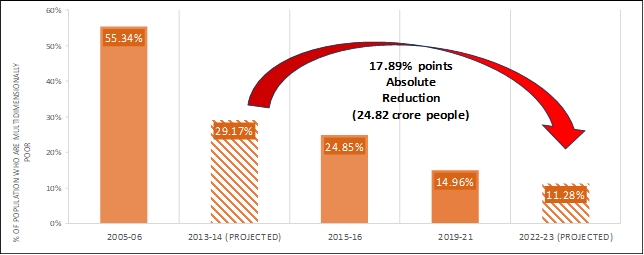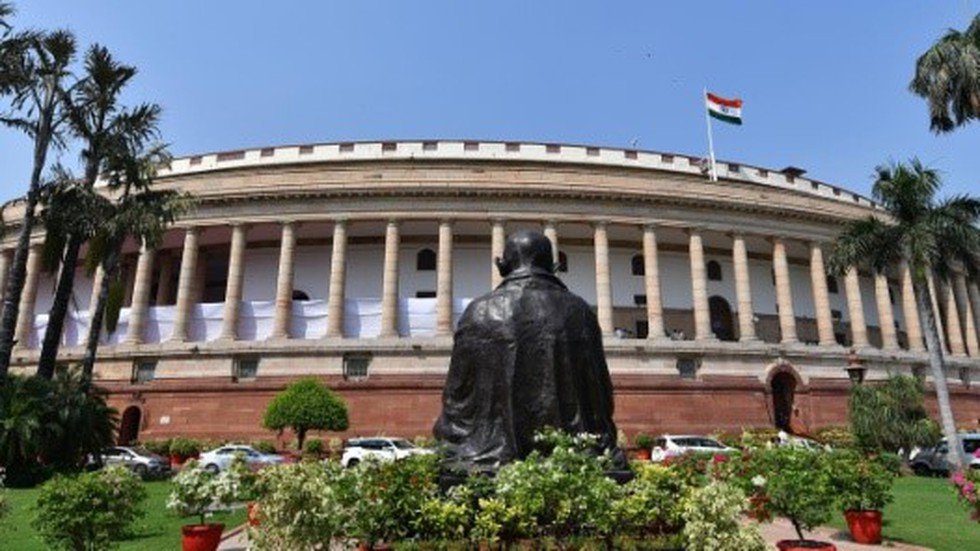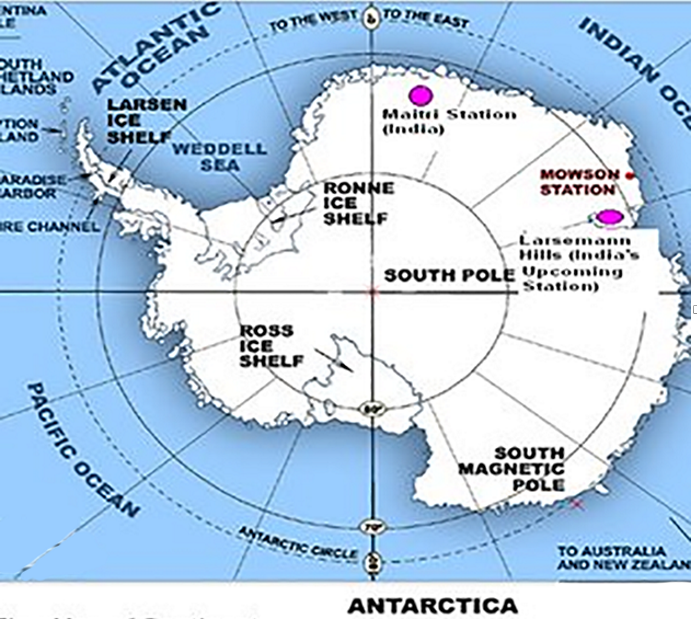
Old Pension Scheme vs. New Pension Scheme
Subscribers of "Current Affairs" course can Download Daily Current Affairs in PDF/DOC
Subscribe to Never Miss an Important Update! Assured Discounts on New Products!
Must Join PMF IAS Telegram Channel & PMF IAS History Telegram Channel
- Context (IE): According to an RBI study, return to Old Pension Scheme by few states may adversely impact their finances.
- The old pension scheme (OPS) and the new pension scheme (NPS) are both retirement savings plans.
- They provide financial security to elderly citizens and help them meet their daily expenses.
Features of OPS and NPS
| Features | Old Pension Scheme | New Pension Scheme |
| Introduction | It was introduced in the 1950s. | It was introduced in 2004. |
| Eligibility | Only government employees who have completed at least ten years of service are eligible. | It was started for government employees, but in 2009, GoI extended the scope to all citizens between 18-60 years (including NRIs). |
| Contributions | This scheme does not require any employee contributions. | Employees contribute 10% of their base pay, while their employers can contribute up to 14%. |
| Return | Government employees are entitled to receive 50% of their last drawn basic salary plus a dearness allowance upon retirement. | 60% lump sum after retirement and 40% invested in annuities. |
| Tax Benefits | Income is not subject to taxation. | 60% of the corpus on maturity is tax-free, while the remaining 40% is taxable when invested in annuities. |
| Flexibility | It does not have much flexibility as it provides a fixed monthly income. | The subscribers can choose their asset allocation, allowing them to generate higher returns and build a larger retirement corpus. |
| Return Certainty | It provides return certainty, as it is based on the last wage received by the employee. | It offers market-linked returns. Subscribers can benefit from market-linked returns without any guarantee of returns. |
Disadvantages of the OPS
- It places a massive pension burden on the Central and State governments, which could be as high as 4.5 times that of NPS and an additional 0.9% of GDP annually by 2060.
- There is no established fund specifically designated for pensions, which could grow continuously and reduce the government’s liability for pension payments.
- It is unsustainable since the pension liabilities would keep increasing every year.





![PMF IAS Environment for UPSC 2022-23 [paperback] PMF IAS [Nov 30, 2021]…](https://pmfias.b-cdn.net/wp-content/uploads/2024/04/pmfiasenvironmentforupsc2022-23paperbackpmfiasnov302021.jpg)










